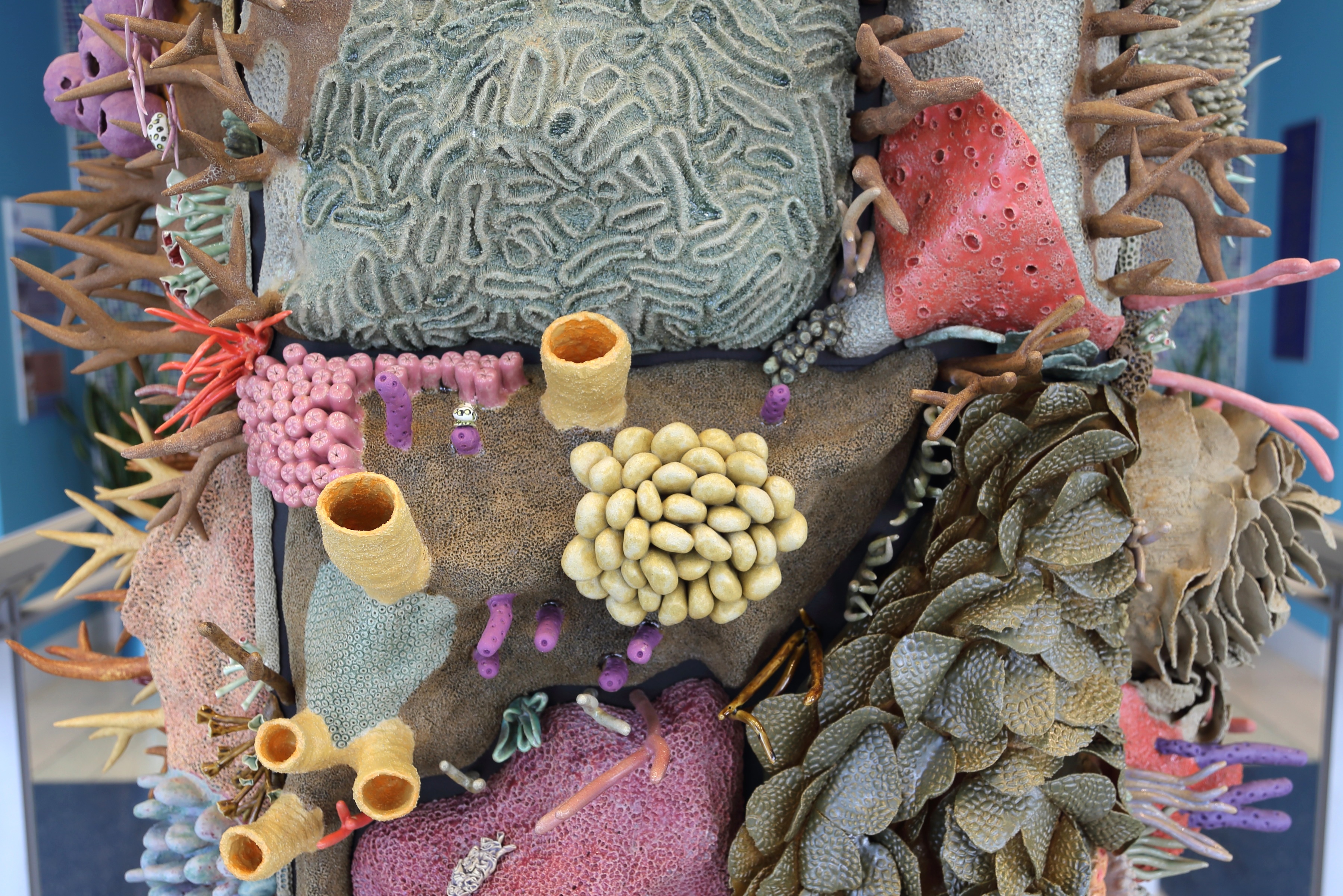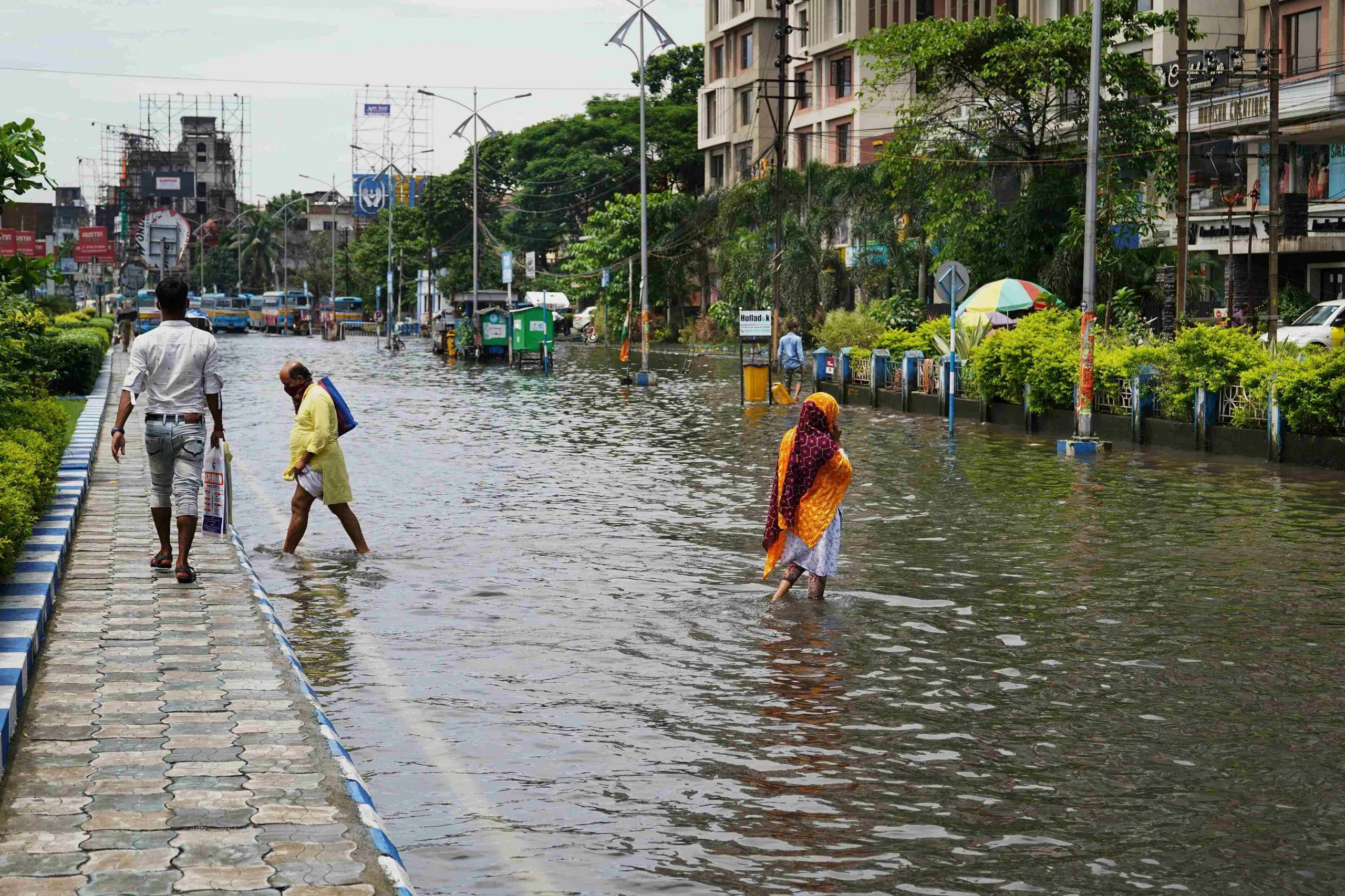
As climate change and pollution continue to impact people’s lives, a recent report by Economist Impact, an arm of The Economist Group, delves into the complex links between air quality, health inequalities and lung health.
Drawing on a survey of 500 people from five Western European countries (EU5) – France, Germany, Italy, Spain and the UK – and an extensive literature review, the report sheds light on how people with lung conditions perceive air quality, revealing that not all is as it may seem.
From people with lung conditions perceiving air quality as having deteriorated over the last five years – in contrast to primary air quality metrics – to climate change related factors such as heatwaves and pollen ranking high on the list of their worries, the report opens the door for a more holistic understanding of air quality with implications for policy makers and researchers alike.
We interviewed Elly Vaughan, Senior Global Health Manager, Health Policy & Insights Economist Impact and co-author of the study, to dig deeper into the report, the policy suggestions that can be drawn from it and the implications it has for future research.
“We need to broaden the way we think about air quality beyond a narrow view of what we can and have been measuring so far,” Elly Vaughan.
What are the report’s main objectives and why did you choose to focus on the links between air quality, health inequalities and lung health?
When working on these kinds of reports, we generally start with a literature review to see what information is already out there and establish how our research can contribute with a new angle, whether that be thematic or methodological.
In our analysis of the literature we saw that there was a lot of research around the links between lung health and health disparities, and lung health and air quality. However, we also found that there wasn’t much that looked at how these issues are interconnected and influence each other.
We also wanted to look at these three issues from the perspective of people with lung conditions, to understand their individual experiences with lung health and air quality. This is also why we went for a survey rather than just looking at what the empirical evidence tells us, because that’s only one part of the story.
In 2021, Economist Impact published a report on the impact of climate change on lung health, which found that climate change is also a health issue with effects on respiratory wellbeing. Is this new report, that looks at how people with lung conditions experience air quality and lung health, a continuation of that research?
I wouldn’t say that it is the next step, but it certainly is in the same conceptual family. Basically, we already know quite a lot about what causes and exacerbates lung health issues but there is also a need for the perspectives of people’s lived experience.
We really wanted to understand what people’s perceptions of air quality are. When do they feel that their lung health is worsening? What activities do they feel exacerbate their lung conditions? How did it make them feel when they had to cancel a social occasion due to worsening symptoms? How are their career decisions being impacted?
These kinds of questions give a more holistic view and hence are also key to formulating effective policy. It’s not just what the empirical evidence is telling us about different particle concentration levels in the air but how people are perceiving air quality.
The survey reveals that respondents from the EU5 countries perceive air quality as having worsened over the last five years. However, scientific evidence indicates that the opposite is true. What does this discrepancy between perception and reality tell us?
It’s a situation where I don’t think we necessarily need to have a single truth. We can have these different perspectives running in parallel.
Yes, air quality is improving in all these countries, and that’s why we were surprised to see a gap between people’s perceptions and what the scientific evidence indicates. However, this also shows that we can’t just look at what the empirical evidence tells us about air quality and say: job done!
People are still really struggling with lung conditions, and they are not necessarily feeling the full benefits of the improvements we have made in air quality.
Do you think factors related to climate change may be aggravating this mismatch between what the statistics say and how people perceive air quality?
Things like pollen and heatwaves, which are both climate associated factors, are mediators in the way that people perceive air quality. Although I am wary of speculating too much on why there is this mismatch, when talking about air quality, we can no longer just consider what the particulate measurements are. We need to think about air quality in a more rounded way, which includes the experiences of people living with lung conditions and the general public.
What we are highlighting in this report is that although we have had a lot of progress in improving air quality – which has been a huge public policy success story – there is still lots more to be done. Part of that is that we need to start factoring in pollen and heat waves into the way that we measure how clean air is. We are still missing a vital part of the story in terms of how people are experiencing the air they breathe.
Part of the study was also looking at how people in urban and the rural contexts experienced things differently. What were the results?
35% of people living in urban environments said that air quality had affected their symptoms a great deal and only 5% said not at all. Whereas when you looked at the same question for people from rural populations, 22% said that it had affected their symptoms a great deal and 14% said not at all.
This indicates that, although national level policies are needed, it may also be beneficial to think about localized interventions that might help to improve air quality in specific areas.
What about the impact of socioeconomic differences?
Surprisingly, we didn’t find anything statistically significant in this regard. However, it is important to recognize that this research is just a starting point and that the survey included only 500 people. Future studies, larger samples and differently constructed questions may give rise to new results.
What are the main policy suggestions that come out of this report?
Data collection is definitely one of the main ones. So much of what we’re doing in terms of policy and decision making is data driven. Therefore, to make correct decisions you must have the right data. My modeling colleagues always say, junk in junk out, meaning that bad data affects the way you frame the problem and the conclusions you reach.
Another key takeaway is that heatwaves and pollen have to be taken into account when thinking about air quality. This means that legal limits on pollutants need to factor in climate related elements as potential mediators of air quality. We need to broaden the way we think about air quality beyond a narrow view of what we can and have been measuring so far.
Were there some particularly surprising findings that emerged from the study?
One of the most surprising things was how few people cited smoking – either their own or others’ – as a cause of poor air quality. Historically smoking has long been a significant cause of poor air quality and lung health, so its perceived low impact is a really encouraging sign that concerted global and national policy efforts can change behavior and have profound impacts on health.
We were also surprised by how significant pollen and heat waves were for people with lung conditions. And this is something where, again, we need to think about global policy, and how to factor these climate related elements into the way that we think about clean air quality and clean air guidelines.
What this research has done is really highlight the importance of having the perspective of the public and people with lung conditions in policy development and implementation, because the mismatch between how good the air quality is according to empirical measurements, compared to how it feels for people who are actually having to breathe the air is quite a profound finding in and of itself.
What future studies do you think are needed?
A future phase of the research could consider how to translate these individual perspectives into effective policy.
We can look at the number of people diagnosed with lung conditions, how many hospital visits they have had, how many times someone with asthma has to use an inhaler, and a long list of very objective impacts on people’s lives. But, people’s lived experiences need to be a part of the discussion when developing and implementing policy.
Elly Vaughan is Senior Global Health Manager, Health Policy & Insights Economist Impact and co-author of the study an Associate in Health Policy and Clinical Evidence practice at the Economist Investigational Unit.
On Sept. 7, 2023, International Day of Clean Air for Blue Skies, the report from Economist Impact titled Cleaner air, clearer lungs, better lives: exploring the intersection of air quality, health inequalities and lung health and supported by Chiesi Group was one of the focuses of the roundtable “PatientPerspectives on the Impact of Climate Change on Respiratory Wellbeing” with the participation of opanelists: Gerard Dunleavy, Senior Consultant at Economist Impact; Anna Pirani, Senior Research Associate, Centro Euro Mediterraneo sui Cambiamenti Climatici (CMCC);Arzu Yorgancıoğlu, President, Global Initiative for Asthma (GINA); Rosamund Adoo-Kissi-Debrah, President, Ella Roberta Foundation; Armando Ruiz, Vice President, European Federation of Allergy and Airways Diseases Patients’ Association (EFA); Alessandro Chiesi, Chair of Chiesi Group; and Carmen Dell’Anna, Head of Global Medical Affairs, Chiesi Group.






